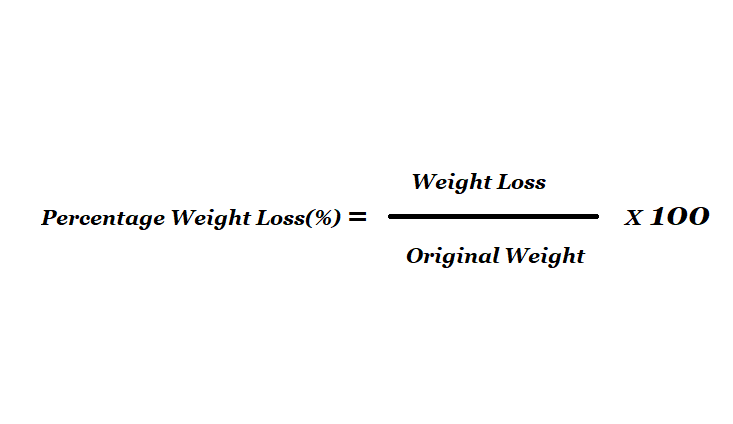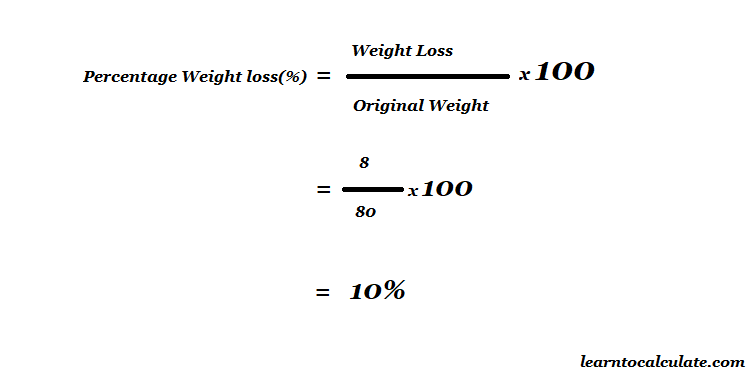Depending on a person's activity, it is generally recommended that the high-calorie and low-calorie days vary by approximately calories, where the high-calorie day is often the number of calories a person needs to consume to maintain their current weight. For a person with a higher activity level, the calorie difference should be larger.
The calculator presents two zigzag diet schedules.
Calorie Calculator
The first schedule has two higher calorie days, and 5 lower calorie days. The second schedule increase and reduces calories gradually. In either case, the total weekly calorie consumption is the same. In the end, regardless what method you choose to use when approaching weight loss, what's important is picking a strategy that works for you. Calorie counting and zigzag calorie cycling are only two methods that are fairly interrelated used to achieve weight loss among many, and even within these methods, there are many possible approaches a person can take.
Finding an approach that fits within your lifestyle that you think you would be able to adhere to is likely going to provide the most sustainable and desirable result.
- diet pills cause blood clots.
- Pennington Biomedical Weight Loss Estimator?
- WEIGHT LOSS PREDICTOR CALCULATOR.
- tallahassee pain management and weight loss clinic.
- forskolin in lebanon.
Many people seek to lose weight, and often the easiest way to do this is to consume fewer calories each day. But how many calories does the body actually need in order to be healthy? This largely depends on the amount of physical activity a person performs each day, and regardless of this, is different for all people — there are many different factors involved, not all of which are well-understood or known.
Some factors that influence the number of calories a person needs to remain healthy include age, weight, height, sex, levels of physical activity, and overall general health. For example, a physically active year-old male that is 6 feet in height requires considerably higher calorie intake than a 5-foot-tall, sedentary year-old woman.
Though it differs depending on age and activity level, adult males generally require 2, calories per day to maintain weight while adult females need around 1,, according to the U. S Department of Health. The body does not require many calories to simply survive. However, consuming too few calories results in the body functioning poorly, since it will only use calories for functions essential to survival, and ignore those necessary for general health and well-being. Harvard Health Publications suggests women get at least 1, calories and men get at least 1, calories a day unless supervised by doctors.
As such, it is highly recommended that a person attempting to lose weight monitors their body's caloric necessities and adjusts it as necessary to maintain its nutritional needs. The main sources of calories in a typical person's diet are carbohydrates, proteins, and fat, with alcohol also being a significant portion of calorie intake for many people though ideally this should be limited since alcohol contains many empty calories. Some studies have shown that the calories displayed on nutrition labels and the calories actually consumed and retained can vary significantly.
This hints at the complex nature of calories and nutrition and is why many conflicting points of view on the "best" methodology for losing weight exist.

For example, how a person chews their food has been shown to affect weight loss to some degree; generally speaking, chewing food more increases the number of calories that the body burns during digestion. People that chew more also tend to eat less, since the longer period of time necessary to chew their food allows more time to reach a state of satiety, which results in eating less.
However, the effects of how food is chewed and digestion of different foods are not completely understood and it is possible that other factors exist, and thus this information should be taken with a grain of salt in moderation if weight loss is the goal. Generally, foods that take more effort to chew — fruit, vegetables, lean meats, whole grains, etc. It also results in the feeling of satiety for longer periods of time.
Weight Loss Calculator
Furthermore, certain foods like coffee, tea, chilies, cinnamon, and ginger have been found to increase the rate of calories burned, due to the ingredients they contain. The "quality" of calories consumed is also important. There are different classifications of foods in terms of calories.
This includes high-calorie foods, low-calorie foods, and empty calories. Consistent with their naming, high-calorie foods are foods that are calorically dense, meaning that there are a high number of calories relative to serving size, while low-calorie foods have fewer calories relative to serving size.
Foods such as fat, oils, fried foods, and sugary foods are examples of high-calorie foods. Being a high-calorie food does not inherently mean that the food is unhealthy however — avocados, quinoa, nuts, and whole grains are all high-calorie foods that are considered healthful in moderation. Low calorie foods include vegetables and certain fruits, among other things, while empty calories, such as those in added sugars and solid fats, are calories that contain few to no nutrients. Studies have shown that there is a measurable difference between consuming calories of carrots compared to calories of popcorn.
As previously mentioned, this in part can be attributed to differences in how the foods are consumed and processed. Carrots require far more chewing and can result in more calories burned during digestion. The calculator will then show you healthy levels of calorie changes to lose the weight, along with a goal date, the date you will reach your weight loss goal.
- How Many Calories Should I Eat a Day??
- Weight Loss Calculator - Plan Calories to Lose Weight?
- female fat loss home workout.
- Quick Weight Loss Calculator?
- Free Weight Loss Planning Calculator for Women & Men?
Now you know how many calories you should eat to lose weight, this is referred to as calorie intake. Or, exercise and do activities to burn more calories, or a combination of both. If you are currently at a low level of activity and are deciding to increase the calories you burn, do that for a couple of weeks, then come back to this page and redo your numbers with your new activity level. Higher levels of activity increase your metabolism throughout the day, so basically you burn more calories the more active you are even during the times you are not exercising.
We have also found some good information for you on weightloss at HealthSurgeon. Share Ideal Weight Previous post Frame Size Next post HealthStatus HealthStatus has been operating since providing the best interactive health tools on the Internet, millions of visitors have used our health risk assessment , body fat and calories burned calculators. The HealthStatus editorial team has continued that commitment to excellence by providing our visitors with easy to understand high quality health content for many years.
Most of the world dose not put the month first when entering dates. This would help un-confuse many of your web visitors outside of the USA most of the world. The calculated daily calorie intake which factors in exercise should be labeled as TDEE total daily energy expenditure.
RESEARCH & FACULTY
It is currently labeled as BMR, which is inaccurate. Soeliman FA, Azadbakht L. Weight loss maintenance: A review on dietary related strategies. J Res Med Sci. The necessary tool updates will take place in real time with no effort on your end;. A single click install to embed it into your pages, whenever you need to use it.
Male Female. Term It will calculate your required daily calorie intake. Calories It will calculate the approx.
Calorie Calculator
Close Click to copy. Creating an account is free and takes less than 1 minute. Log In Sign Up. Initial Weight.
